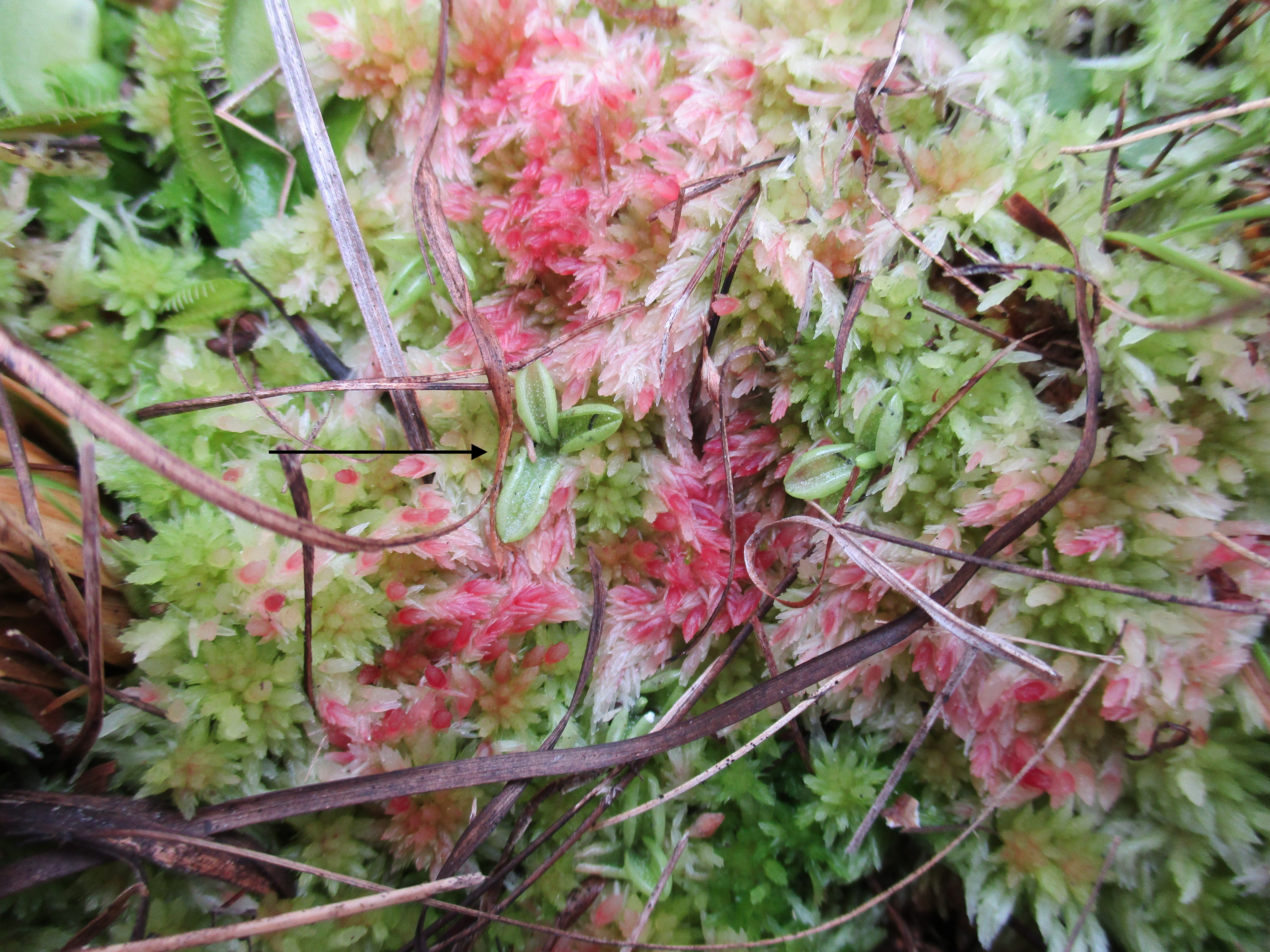Winter in the Pocosin
go.ncsu.edu/readext?647183
en Español / em Português
El inglés es el idioma de control de esta página. En la medida en que haya algún conflicto entre la traducción al inglés y la traducción, el inglés prevalece.
Al hacer clic en el enlace de traducción se activa un servicio de traducción gratuito para convertir la página al español. Al igual que con cualquier traducción por Internet, la conversión no es sensible al contexto y puede que no traduzca el texto en su significado original. NC State Extension no garantiza la exactitud del texto traducido. Por favor, tenga en cuenta que algunas aplicaciones y/o servicios pueden no funcionar como se espera cuando se traducen.
Português
Inglês é o idioma de controle desta página. Na medida que haja algum conflito entre o texto original em Inglês e a tradução, o Inglês prevalece.
Ao clicar no link de tradução, um serviço gratuito de tradução será ativado para converter a página para o Português. Como em qualquer tradução pela internet, a conversão não é sensivel ao contexto e pode não ocorrer a tradução para o significado orginal. O serviço de Extensão da Carolina do Norte (NC State Extension) não garante a exatidão do texto traduzido. Por favor, observe que algumas funções ou serviços podem não funcionar como esperado após a tradução.
English
English is the controlling language of this page. To the extent there is any conflict between the English text and the translation, English controls.
Clicking on the translation link activates a free translation service to convert the page to Spanish. As with any Internet translation, the conversion is not context-sensitive and may not translate the text to its original meaning. NC State Extension does not guarantee the accuracy of the translated text. Please note that some applications and/or services may not function as expected when translated.
Collapse ▲Winter is the most comfortable time of the year to explore pocosins in the Croatan National Forest and elsewhere. And there’s more to see than you might think, including Venus flytraps, colorful spaghnum moss, butterworts (Pinguicula sp.), longleaf pines along the adjoining sand ridges, and lots of wide open views across the open ground.
There’s a great deal of plant diversity within our pocosins, and there’s also diversity in pocosin types. Classifications include but are not limited to Low Pocosins, with Gallberry-Fetterbush and Titi Subtypes; and High Pocosins, with Evergreen and Deciduous Subtypes. The more you attempt to learn on this subject, the more complex it becomes!
Thankfully, pocosins in general aren’t very welcoming to non-native invasive plants. That’s not surprising, given the typical conditions of saturated, extremely acid and nutrient poor soils. It’s certainly refreshing to visit a plant community where Chinese privet, callery pear, English ivy, elaeagnus, Japanese honeysuckle and Japanese stiltgrass are not running wild.
Other places to visit pocosin plant communities include the Holly Shelter Game Land, Angola Bay Game Land, Pocosin Lakes National Wildlife Refuge, Bladen Lakes State Forest, Jones Lake State Park, and Singletary Lake State Park.






